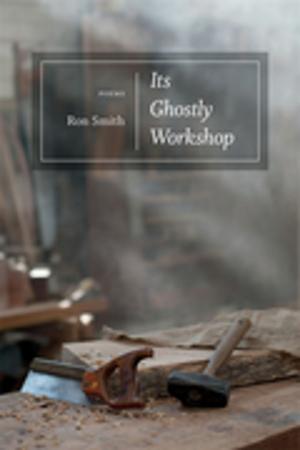Fort Pillow, a Civil War Massacre, and Public Memory
Civil War Battlefields and Historic Sites Recaptured
Nonfiction, History, Reference, Historiography, Americas, United States, Civil War Period (1850-1877)| Author: | John Cimprich | ISBN: | 9780807139493 |
| Publisher: | LSU Press | Publication: | April 8, 2011 |
| Imprint: | LSU Press | Language: | English |
| Author: | John Cimprich |
| ISBN: | 9780807139493 |
| Publisher: | LSU Press |
| Publication: | April 8, 2011 |
| Imprint: | LSU Press |
| Language: | English |
At the now-peaceful spot of Tennessee's Fort Pillow State Historic Area, a horrific incident in the nation's bloodiest war occurred on April 12, 1864. Just as a high bluff in the park offers visitors a panoramic view of the Mississippi River, John Cimprich's absorbing book affords readers a new vantage on the American Civil War as viewed through the lens of the Confederate massacre of unionist and black Federal soldiers at Fort Pillow.
Cimprich covers the entire history of Fort Pillow, including its construction by Confederates, its capture and occupation by federals, the massacre, and ongoing debates surrounding that affair. He sets the scene for the carnage by describing the social conflicts in federally occupied areas between secessionists and unionists as well as between blacks and whites. In a careful reconstruction of the assault itself, Cimprich balances vivid firsthand reports with a judicious narrative and analysis of events. He shows how Major General Nathan B. Forrest attacked the garrison with a force outnumbering the Federals roughly 1,500 to 600, and a breakdown of Confederate discipline resulted. The 65 percent death toll for black unionists was approximately twice that for white unionists, and Cimprich concludes that racism was at the heart of the Fort Pillow massacre.
Fort Pillow, a Civil War Massacre, and Public Memory serves as a case study for several major themes of the Civil War: the great impact of military experience on campaigns, the hardships of military life, and the trend toward a more ruthless conduct of war. The first book to treat the fort's history in full, it provides a valuable perspective on the massacre and, through it, on the war and the world in which it occurred.
At the now-peaceful spot of Tennessee's Fort Pillow State Historic Area, a horrific incident in the nation's bloodiest war occurred on April 12, 1864. Just as a high bluff in the park offers visitors a panoramic view of the Mississippi River, John Cimprich's absorbing book affords readers a new vantage on the American Civil War as viewed through the lens of the Confederate massacre of unionist and black Federal soldiers at Fort Pillow.
Cimprich covers the entire history of Fort Pillow, including its construction by Confederates, its capture and occupation by federals, the massacre, and ongoing debates surrounding that affair. He sets the scene for the carnage by describing the social conflicts in federally occupied areas between secessionists and unionists as well as between blacks and whites. In a careful reconstruction of the assault itself, Cimprich balances vivid firsthand reports with a judicious narrative and analysis of events. He shows how Major General Nathan B. Forrest attacked the garrison with a force outnumbering the Federals roughly 1,500 to 600, and a breakdown of Confederate discipline resulted. The 65 percent death toll for black unionists was approximately twice that for white unionists, and Cimprich concludes that racism was at the heart of the Fort Pillow massacre.
Fort Pillow, a Civil War Massacre, and Public Memory serves as a case study for several major themes of the Civil War: the great impact of military experience on campaigns, the hardships of military life, and the trend toward a more ruthless conduct of war. The first book to treat the fort's history in full, it provides a valuable perspective on the massacre and, through it, on the war and the world in which it occurred.















